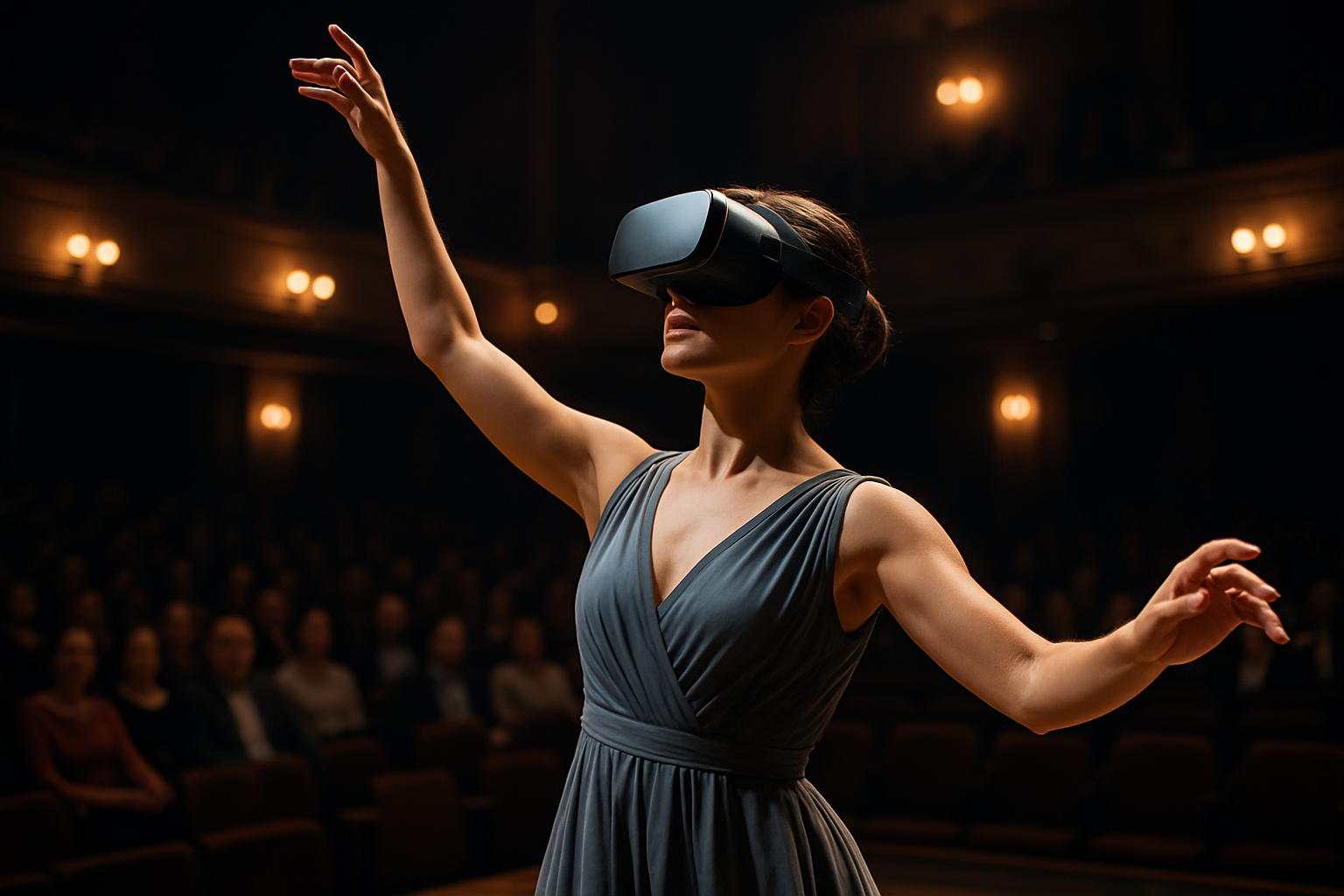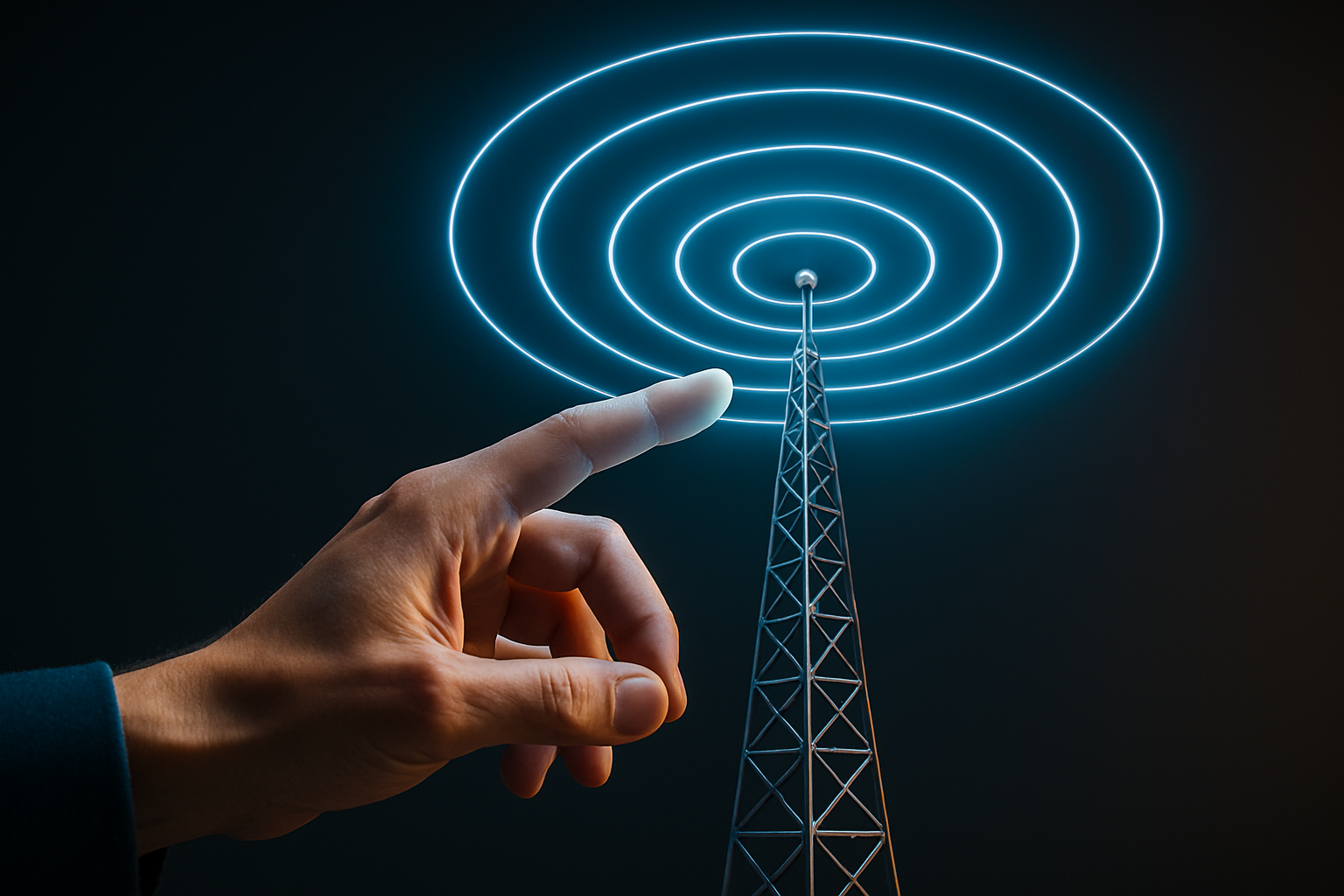A New Dawn: The Rise of Virtual Reality in Performing Arts
Introduction: Immerse yourself in the world of performing arts like never before. Virtual Reality (VR) is transforming the stage, offering audiences an unprecedented, immersive experience. This article delves into the history, current trends, and future implications of this groundbreaking technology in the performing arts industry.

A Brief History of Virtual Reality in Performing Arts
Virtual Reality, a technology that simulates a three-dimensional, interactive environment, has been around since the mid-20th century. However, its application in the performing arts is a relatively recent phenomenon. The early 21st century saw the first experimental attempts to incorporate VR into performances, with artists and tech enthusiasts exploring its potential to create immersive theatrical experiences. These early endeavors laid the foundation for the current wave of VR in performing arts.
The Current State of Virtual Reality in Performing Arts
Today, VR technology is increasingly being integrated into various forms of performing arts, from theater and dance to music and opera. Companies like The Royal Shakespeare Company and The National Theatre have already experimented with VR, offering audiences immersive experiences that transcend the traditional boundaries of stage and audience. In dance, choreographers are using VR to create multi-dimensional performances, allowing viewers to experience movement and space in new ways.
The Impact of Virtual Reality on Performing Arts
The impact of VR on performing arts is profound. It has the potential to revolutionize the way performances are created, experienced, and interpreted. By breaking down the fourth wall, VR allows audiences to become active participants in the performance, rather than passive observers. This immersive experience can heighten emotional engagement, making performances more impactful and memorable. Moreover, VR can expand the reach of performing arts, making it accessible to people who may not have the opportunity to attend live performances.
The Future of Virtual Reality in Performing Arts
The future of VR in performing arts looks promising. As technology continues to evolve, so too will the ways in which it is applied in this field. We can expect to see more immersive performances, where the line between performer and audience is blurred. There is also potential for VR to be used in performing arts education, providing students with a hands-on, immersive learning experience.
Embracing the New Reality
The integration of Virtual Reality in performing arts represents a new dawn for the industry. It offers exciting possibilities for creative expression and audience engagement, pushing the boundaries of what is possible in performance. As we continue to explore and embrace this new reality, we can look forward to a future of performing arts that is more immersive, accessible, and impactful than ever before.





